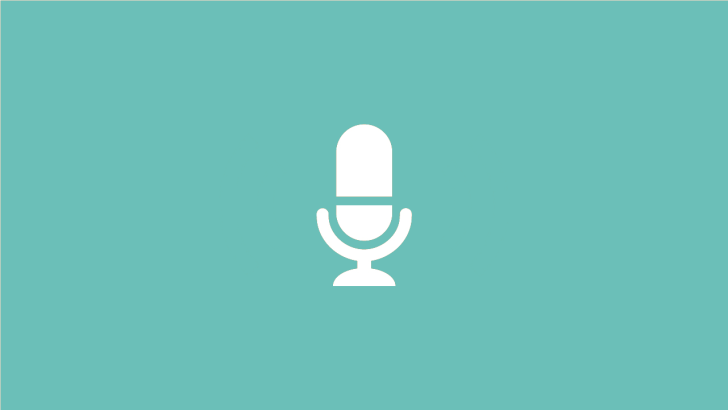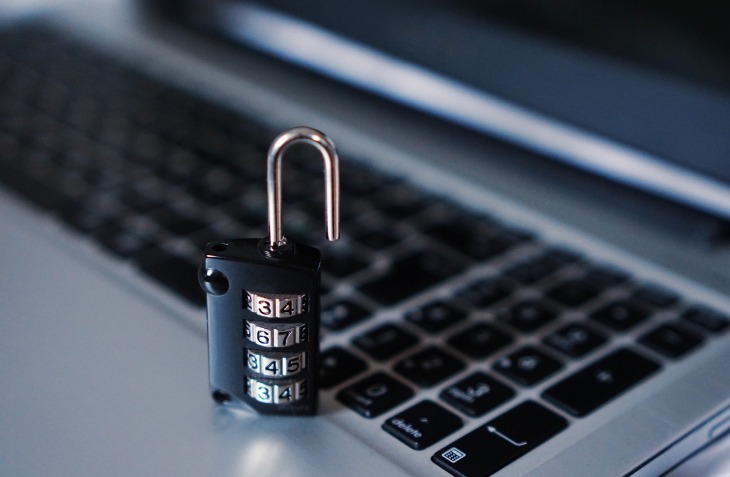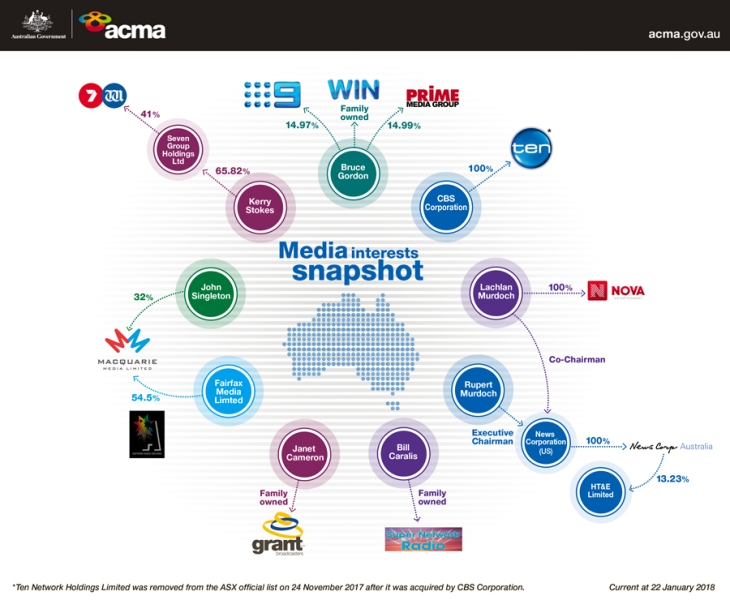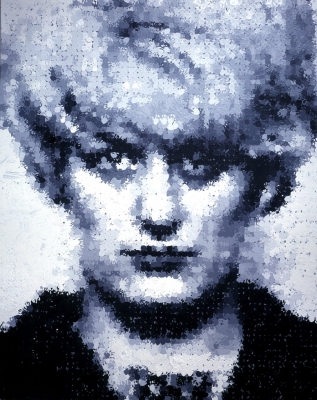WEEK 2
The first tutorial came as a bit of a shock for Adam and I as we didn’t have an idea what a DA (digital artefact) was or what was expected of us to make one. As the tutorial went on, I began brainstorming and thought of making an Instagram account and uploading videos to it but struggled to find a theme to work with and came to the conclusion that it’d also be a lot of time and effort spent making them every week. Adam and I then began thinking of a collaborative project we could make.

WEEK 3
During the tutorial, Adam and I came up with the idea of making a podcast as from talking to other members of the class it seemed like a lesser used idea compared to Instagram posts or YouTube videos. We started thinking of doing a podcast after we had to start doing a 2 minute ‘emotional history’ audio piece for our journalism class (JRNL102) and realised we both enjoyed working with audio. The only problem was we couldn’t quite find a direction with it but had an idea to have it with our friends as guests debating.

WEEK 4
DEBATABLE
We settled on the direction and name for our podcast – DEBATABLE. Our plan is to set up debates with our friends to see the way that people from different backgrounds can have different viewpoints on issues such as politics, religion, and other controversial and/or current issues from around the world, leaving nothing off limits and allowing a lot of freedom for both us as hosts and the guests.
We plan on releasing it fortnightly so we have enough time to edit it and upload it and everything. There’s no real plan for how long the podcasts will go for but they will run for under 30 minutes so it can run smoothly.
The idea behind the podcast is to just get a general idea of the different kinds of people who study or are connected to UOW. Living at Campus East it makes it easy to find a variety of different people to feature on it such as exchange students and people from all around Australia.
Fast – the making of podcasts isn’t overly hard.
Inexpensive – as we already have the required equipment (microphone, audio interface, DAW) the project won’t require any spending.
Simple – the concept of a podcast isn’t overly challenging, with the biggest worry being editing, which we are both capable of doing without any trouble.
Tiny – a >30-minute podcast is easy to make over 2 weeks.




